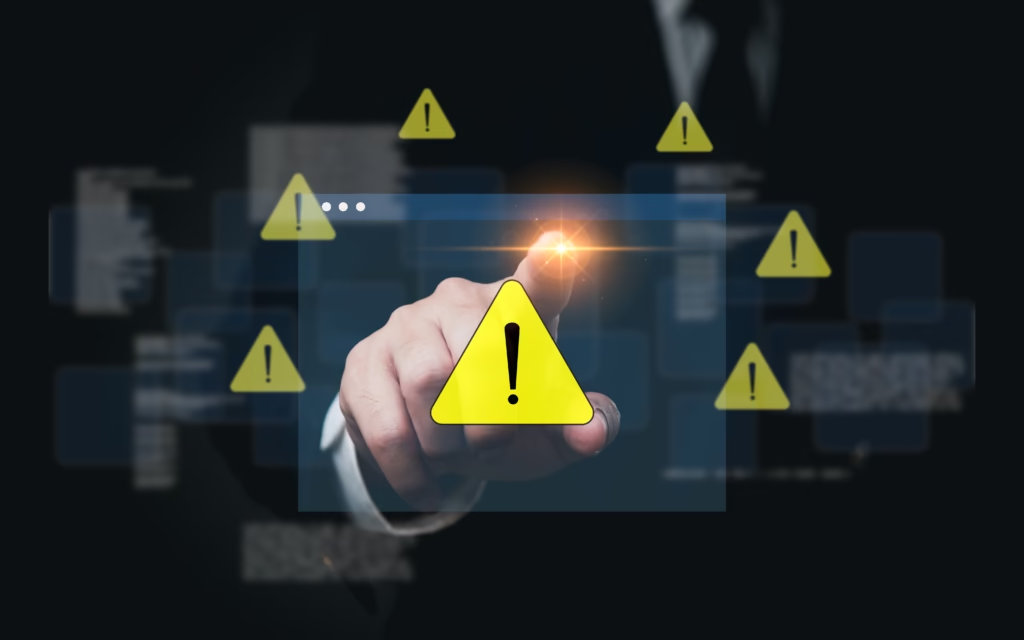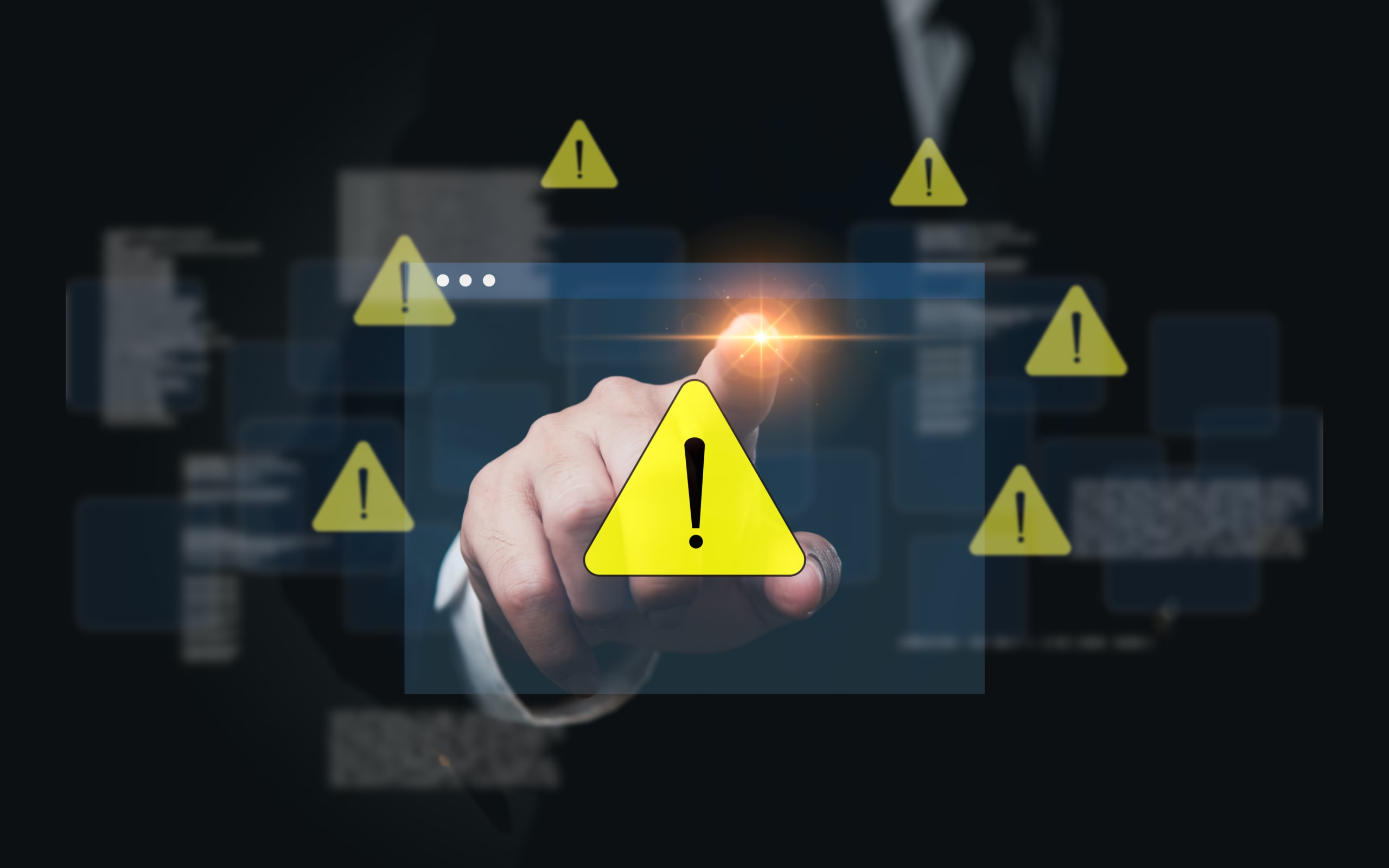Threat Exposure Management (TEM) is the process of identifying, assessing, and reducing risks associated with vulnerabilities in a company’s digital infrastructure. It involves analyzing various digital assets and network components to pinpoint potential threats before they can be exploited. The goal of TEM is to provide a proactive approach to cybersecurity, ensuring that an organization’s critical data remains safe. By monitoring for emerging threats and assessing existing vulnerabilities, TEM aims to strengthen a company’s overall security posture.
Why Threat Exposure Management is Crucial for Modern Cybersecurity
Cyberattacks are becoming more regular and complex in the current digital world. Businesses are now more reliant on technology, which makes them prime targets for cybercriminals. Threat Exposure Management is crucial because it helps organizations stay ahead of these risks. By identifying weak points in an organization’s security system early, TEM allows businesses to make the necessary adjustments before an attack can occur.
However, This proactive approach is essential to minimizing potential damage, especially as data breaches and cyber threats continue to evolve. Without TEM, businesses leave themselves vulnerable to attacks that can cause financial and reputational harm.
The Key Components of Exposure Management Systems
A robust Threat Exposure Management system typically includes the following key components:
- Vulnerability Assessment: Identifying and evaluating weaknesses in networks, applications, and systems.
- Risk Analysis: Determining the potential impact of vulnerabilities and their likelihood of exploitation.
- Threat Detection: Continuously monitoring for signs of malicious activity and unauthorized access.
- Prioritization: Not all threats are equal. Effective TEM helps prioritize risks based on severity, ensuring that the most critical issues are addressed first.
- Remediation: Addressing vulnerabilities and implementing fixes to prevent future exposure.
- Compliance Management: Ensuring that the system complies with relevant cybersecurity regulations and standards.
Each of these elements plays a critical role in creating a comprehensive defense against cyber threats.
How Threat Exposure Management Helps Identify and Mitigate Risks
TEM helps businesses identify and mitigate risks by conducting continuous scans and assessments of their digital environments. By using advanced tools, it can uncover hidden vulnerabilities that might otherwise go unnoticed. Once these vulnerabilities are identified, TEM allows businesses to take immediate action, either through patching software, updating systems, or applying security measures.
Although, Risk mitigation also involves preparing response plans for potential breaches, ensuring that if a threat does occur, the organization can act quickly to minimize damage. Over time, TEM evolves with the changing cyber threat landscape, adapting strategies to deal with new risks.
The Benefits of Implementing Exposure Management in Your Business
Implementing TEM brings several key benefits:

- Reduced Risk of Data Breaches: Regular assessments help detect weaknesses before attackers can exploit them.
- Improved Cybersecurity Posture: TEM strengthens the overall security framework of a business, making it harder for attackers to breach.
- Cost Savings: Preventing attacks reduces the financial impact of recovery efforts, legal fees, and reputational damage.
- Regulatory Compliance: TEM helps businesses meet security standards and stay compliant with data protection regulations.
- Increased Trust: A solid cybersecurity framework builds customer confidence, assuring them that their data is secure.
These benefits make TEM an essential investment for organizations of all sizes.
Tools and Technologies Supporting Threat Exposure Management
Several tools and technologies support Threat Exposure Management, making it easier to implement and maintain a secure environment. These include:
- Automated Vulnerability Scanners: Tools like Nessus or OpenVAS continuously scan systems for known vulnerabilities.
- Threat Intelligence Platforms: Services like ThreatConnect or Recorded Future provide insights into emerging threats and potential attack methods.
- Security Information and Event Management (SIEM) Systems: SIEM tools, such as Splunk or IBM QRadar, gather and analyze data from multiple sources to detect anomalies and potential threats.
- Endpoint Detection and Response (EDR) Tools: Software like CrowdStrike helps monitor and protect endpoints in real time, offering rapid responses to suspicious activities.
- Risk Assessment Platforms: Although, Tools like RiskLens provide organizations with in-depth risk analysis to prioritize vulnerabilities.
Although, These technologies help businesses implement effective Threat Exposure Management strategies by automating tasks and enhancing their ability to respond to threats swiftly.
The Future of TEM: Emerging Trends
As cyber threats become more complex, the future of Threat Exposure Management is likely to focus on:
- AI and Machine Learning: These technologies will help automate threat detection and response, making TEM systems smarter and more efficient.
- Cloud Security: With more businesses adopting cloud services, ensuring the security of cloud environments will become increasingly important.
- Zero Trust Architecture: The Zero Trust model, which assumes no one is trusted inside or outside the network, will become a critical part of TEM.
- Threat Exposure Management for IoT: However, As IoT devices proliferate, securing them from cyberattacks will be a major challenge in future TEM strategies.
Staying ahead of these trends will help organizations maintain robust defenses in an ever-changing cybersecurity landscape.
How to Choose the Right Threat Exposure Management Solution for Your Organization
When selecting a TEM solution, businesses should consider:
- Scalability: Select a system that can expand with your company and change to meet new demands.
- Ease of Use: A user-friendly interface ensures that your team can efficiently use the system without steep learning curves.
- Comprehensive Coverage: Ensure the solution covers all aspects of your infrastructure, including networks, endpoints, and cloud environments.
- Integration Capabilities: However, The TEM system should integrate seamlessly with existing cybersecurity tools to provide a unified defense strategy.
- Cost-Effectiveness: While a robust TEM system is an investment, it should align with your business’s budget and deliver measurable value in terms of risk reduction and threat mitigation.
Selecting the right solution is crucial for ensuring a streamlined and effective Threat Exposure Management strategy.
Strengthening Your Security with Threat Exposure Management
Threat Exposure Management is a vital part of a modern cybersecurity strategy. By continuously monitoring, assessing, and addressing vulnerabilities, TEM enables businesses to defend against evolving cyber threats. Implementing TEM systems not only strengthens your security posture but also reduces the risk of breaches and helps maintain regulatory compliance. Although, With the increasing complexity of digital threats, investing in TEM is no longer optional—it’s essential for safeguarding your organization’s future.

